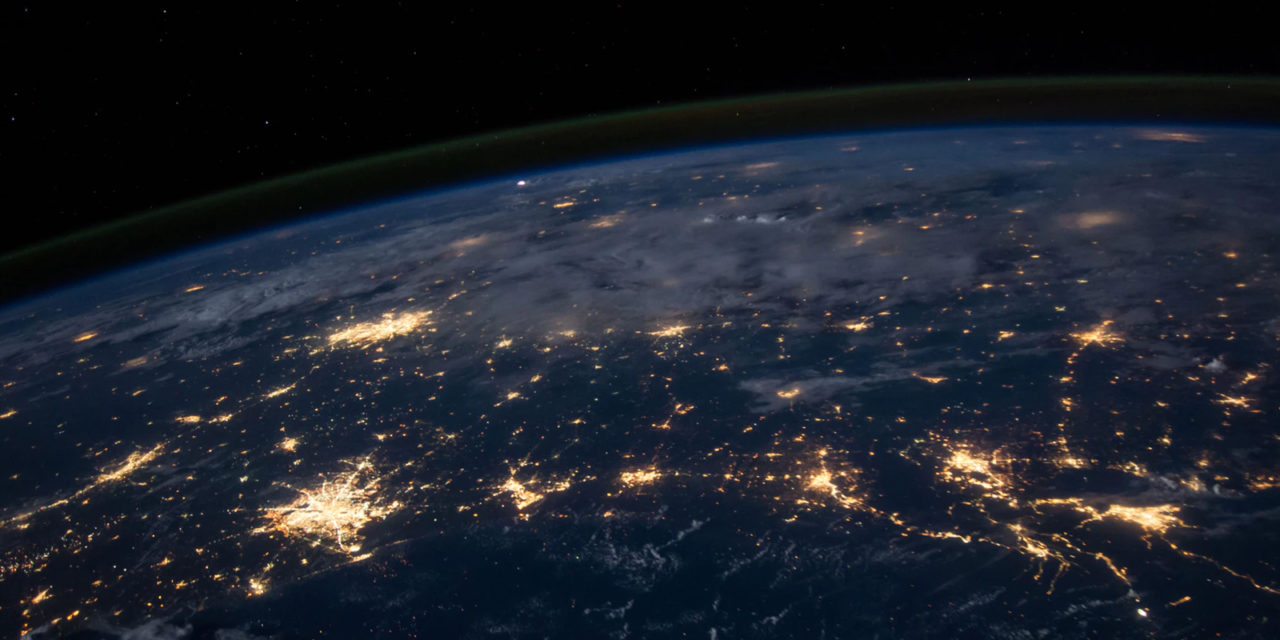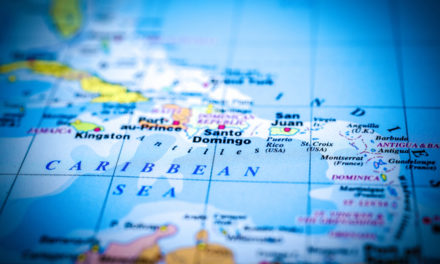Migration isn’t a new phenomenon. For centuries, people have moved and settled from one place to another in hopes of a better life. Factors like technological advancement and simplified travel processes have enabled people across the world to connect with different cultures. However, the topic of migration has dominated global discussions in recent years and, has become a heavily politicised weapon.
The 2020 Migration Report, published by the International Organisation for Migration (IOM), has revealed some significant details about the ever-changing patterns of global migrants in the last two years. Most notably, the report expressed that international migrants only make up 3.5% of the global population. This means that most people (96.5%) tend to stay in the country that they’re born in.
Out of the 3.5%, which makes up 272 million, a total of 141 million live in Europe and North America with the United States being the largest host of migrants, home to 51 million migrants.
India, Mexico and China
According to the IOM, India remains the largest country of origin for migrants. The country has around 17.5 million living abroad, followed by Mexico and China.
These three countries are also the top remittance recipients indicating that its international migrants highly prioritise sending money back home. India receives around 78.6 billion from its diaspora while China and Mexico respectively receive 67.4 billion and 35.7 billion each.
Remittances can contribute significantly to a country’s economy – international remittances totalled $689 million in 2018 – demonstrating how international migrants continue to benefit their home countries while also positively impacting their new homes socially and culturally.
Conflict, Violence and Unrest
In the last two years, major migration has been marred with economic insecurity, political instability, violence, conflict and war. For instance, both Syria and Yemen have been plagued with civil unrest and conflict for several years, contributing to an ever-growing diaspora. While Venezuela, which saw 4 million people flee by mid-2019, has been devastated by economic mismanagement and political chaos.
There’s also another emerging type of migrant. With the effects of climate change already ravaging communities in the Global South, many countries in Africa and Asia are increasingly producing climate migrants. This year, Mozambique witnessed two cyclones in a single season – a first in its history – triggering large-scale displacement. As global warming exacerbates weather disasters, growth in climate migrants seems inevitable.
High Income Countries
While migration is a defining global issue, the discussion surrounding it can be misleading. With immigration policies being a key element in political discourse, many leaders across the globe have painted a harrowing and deceptive image of migrants as thieves or criminals when the reality is strikingly different.
Another distorted portrayal is that international migrants are flooding high-income countries and draining resources. The 2020 Migration Report reveals that between 2013 and 2017, high-income countries experienced a drop in migrant workers while upper middle-income countries witnessed the biggest increase.
Unsurprisingly, unpredictability over politics, economy or society is not limited to the developing world. In Britain, the looming question of Brexit continues to damage the country’s reputation. Data gathered from the UK’s Office for National Statistics shows that the number of EU net migration to the UK has dropped to the lowest rate since 2003.
The concept of migration is intrinsically linked to human development, meaning that it’s impacted by a multiplicity of economic, social and security elements across the globe. While the phenomena of migration becomes increasingly complicated and layered, the one thing that remains certain is that as humanity evolves, so will migration.
- This Artist is Making the Underwater Arena His Canvas - 28th April 2021
- A Video Game that Promotes Peace and Conflict Resolution - 15th March 2021
- Netflix’s ‘Living Undocumented’ is a Difficult Series to Watch, and Exactly Why We Should - 9th March 2021






